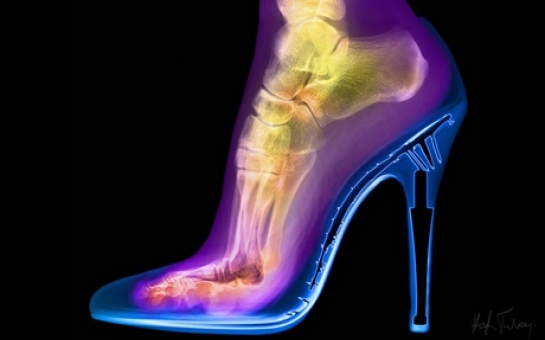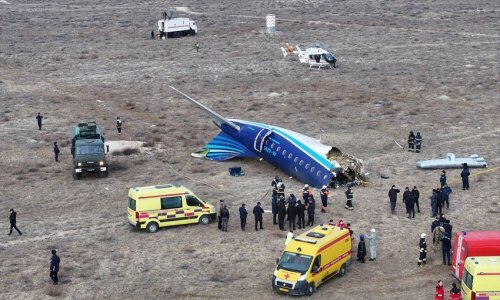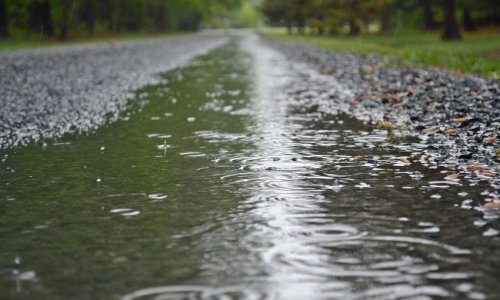But Hugh Turvey, who has spent almost 20 years creating x-ray photographs, isn't interested in medical diagnosis – his interest is art, in revealing a hidden world that the eye usually can't see. His x-ray photographs pull back the curtain on the structures deep within everyday objects. His image of a woman wearing stiletto heels – his wife, as it happens – is a prime example."It's such an amazing contortion of the physiology of a foot… x-ray photography reveals that deeper understanding of it. It's so plain to see that you can't really ignore the truth of it," he says.X-ray radiation is like visible light; it too is made up of photons. The difference is that x-ray photons are at a much higher energy, meaning that they can penetrate solid objects. The more dense an object, the more likely that even x-rays will be absorbed, which is why your dense bones stop x-rays while your less dense muscle and fat allows them to pass through.Turvey chooses different strengths of x-rays depending on what he is photographing. For a large and dense object, such as an elephant's skull, he might use an industrial-scale machine. For a delicate flower, he would use a smaller x-ray device similar to those you find in a dentist's surgery."I've used equipment from just about every industry that uses x-ray technology, from medical to air security through to industrial applications. There is no right equipment for me, it depends on the object itself," he says.The inspiration to paint with x-ray light came in 1996, while Turvey was an apprentice under the great rock photographer Gered Mankowitz. Asked by a music industry friend to investigate using an x-ray image for an album cover, Turvey went to the Royal Free hospital in Hampstead, north London, where the radiologists let him look through a bucket of discarded x-rays."It was just one of those moments where you thought, 'God, this is amazing'. To the radiologists it's just a part of everyday imaging but for me it was a bucket of beautiful photography," says Turvey. "From that point on things changed for me."Nearly 20 years later, Turvey is the artist in residence at the British Institute of Radiology and has x-ray-imaged everything from rabbits in hats to motorcycles. His camera is whichever x-ray machine is powerful enough for the job and he eschews digital photography, instead using ultra-large format 11x14in film, which he says allows the images their "exquisite" detail."The whole hands-on process of development is so beautiful because it's full of mistakes and potential mistakes. You just don't get those happy accidents in digital," says Turvey.For Turvey, creating his photos, which he calls Xograms, is akin to stripping away the side of a building and peering inside. Once you strip away the facade, the inner structure becomes apparent, giving you an architect's overview of the workings of the building."Ultimately, I think it reveals a truth, an unseen truth about the world around us," he says.And when it comes to high heels, that unseen truth can be excruciating.Hugh Turvey's solo show X-POSÉ: Material and Surface, will be on display at the Oxo Tower Wharf, London. 12-23 February, 2014(theguardian.com)ANN.Az
X-ray photography that shows the world in a whole new light
Society
23:58 | 06.02.2014

X-ray photography that shows the world in a whole new light
It looks almost like torture. The bones in the foot sit in an excruciating 90-degree bend and the nails in the stiletto make it look like some medieval tool of pain. This is a woman in high heels, photographed not with normal visible light, but with high-energy x-ray radiation of the sort doctors use to examine broken bones.
Follow us !










